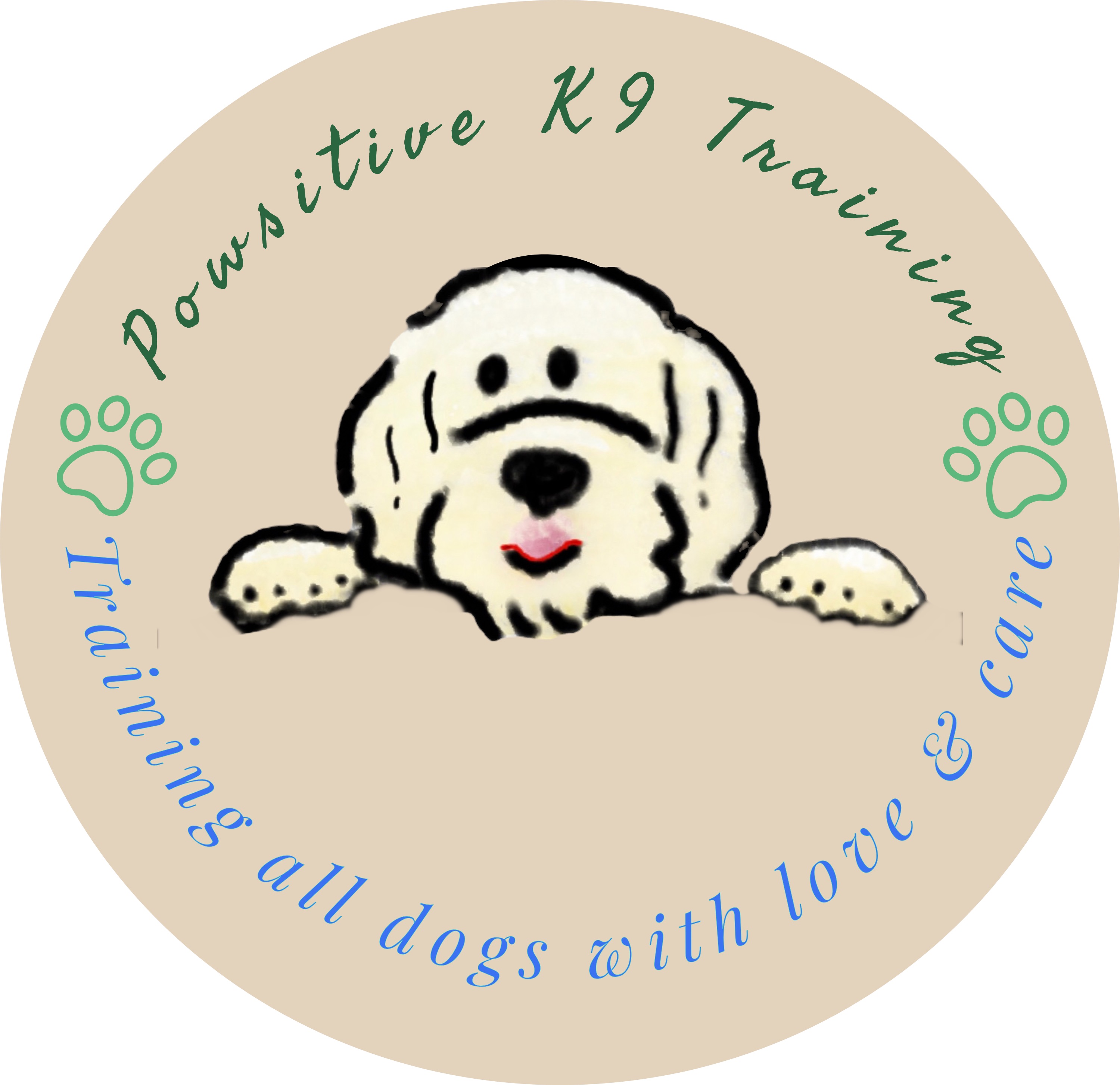Feeding Your Dog: Understanding Nutritional Needs and Choosing the Right Diet
- Powsitive K9 Trainer

- Aug 6, 2024
- 3 min read
Updated: Jan 3

Providing a well-balanced diet is essential for your dog’s health and well-being. Understanding your dog’s nutritional needs and choosing the right food can support their overall health and longevity. Here’s a guide to help you make informed dietary choices for your canine companion.
1. Know Your Dog’s Nutritional Needs
Different life stages and health conditions require specific nutritional considerations:
• Puppies need higher protein, fat, and calories to support growth and development. Choose food formulated for puppies with balanced nutrients.
• Adult dogs require a balanced diet to maintain their weight and health. Select foods with appropriate levels of protein, fat, and fiber.
• Senior dogs may benefit from diets that support joint health and are lower in calories to prevent weight gain. Senior formulas often include joint-supporting ingredients.
• Dogs with special health needs (e.g., allergies, diabetes) may require specialized diets. Consult your vet for recommendations tailored to their condition.
2. Read and Understand Food Labels
Dog food labels provide crucial information:
• Ingredients list: Ingredients are listed by weight, so those at the top are the most prevalent. Look for high-quality protein sources and avoid excessive fillers.
• Guaranteed Analysis: Lists the minimum percentages of protein and fat and the maximum percentages of fiber and moisture. Ensure the food meets your dog’s needs.
• Nutritional Adequacy Statement: Indicates if the food meets AAFCO’s nutritional levels for your dog’s life stage.
3. Choose the Right Type of Food
Consider these types of dog food:
• Dry Food (Kibble): Convenient and helps with dental health due to its abrasive texture. Choose high-quality brands.
• Wet Food (Canned): More palatable and beneficial for dogs needing extra moisture or with dental issues.
• Raw Food: Requires careful preparation and balance to ensure nutritional adequacy. Consult your vet before starting a raw diet.
• Homemade Food: Can be an option but requires careful planning to meet all nutritional needs. If you choose a homemade diet, consult with a pet nutritionist to develop a meal plan specialized for your dog. This ensures the diet is balanced and meets all of your dog’s nutritional requirements.
4. Enhance Meals with Toppers
Adding toppers can boost your dog’s diet with extra nutrients and flavor:
• Commercial Dog Food Toppers: Often designed to complement regular meals with added nutrients or flavor.
• Fresh Foods: Cooked vegetables, fruits, or plain yogurt can provide additional vitamins and minerals. Ensure these additions are safe and appropriate for your dog.
5. Mix Wet and Dry Food
Combining wet and dry food can offer benefits:
• Texture Variety: Mixing foods can appeal to picky eaters and provide a mix of textures.
• Nutritional Balance: Wet food adds moisture and can be beneficial for dogs who drink less water. Dry food helps with dental health and provides a more complete nutritional profile.
• Feeding Flexibility: Mixing allows for more control over portion sizes and dietary adjustments.
6. Maintain a Balanced Diet
Ensure your dog’s diet includes:
• Proteins: Essential for growth and muscle maintenance.
• Fats: Provide energy and support healthy skin and coat. Look for Omega-3 and Omega-6 fatty acids.
• Carbohydrates: Offer energy and aid in digestion. Whole grains and vegetables are good sources.
• Vitamins and Minerals: Crucial for various bodily functions. Most commercial foods are formulated to provide these nutrients.
7. Monitor Your Dog’s Weight and Health
Regularly check your dog’s weight and adjust their food intake as needed. Overweight dogs may require portion control or a lower-calorie diet, while underweight dogs might need more calories or a different formulation. Regular vet check-ups can help track your dog’s health and nutrition.
8. Avoid Common Feeding Mistakes
• Overfeeding or Underfeeding: Follow feeding guidelines but adjust based on your dog’s activity level and body condition.
• Feeding Table Scraps: Human food can lead to imbalanced nutrition and obesity. Stick to dog food and approved treats.
• Neglecting Fresh Water: Always provide fresh water alongside your dog’s meals.
By understanding your dog’s nutritional needs and incorporating these tips, you can ensure they receive a balanced diet that supports their health and happiness. Always consult with your vet or a pet nutritionist to make the best dietary choices for your canine companion.





Comments